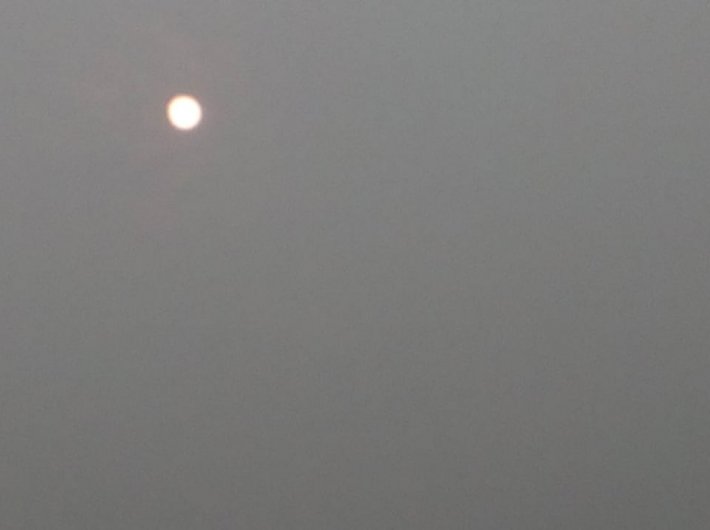It’s time we started recognising that all environmental issues are linked to issues of equitable growth and social justice
Every winter Delhi experiences some of the worst air pollution levels in the world. Concentrations of particulate matter – PM10 and PM2.5 – regularly hover around values of 400 to 500, levels that are considered extremely hazardous by both Indian and international air quality standards. Doctors and scientists agree that the city is facing a public health crisis of unprecedented proportions with a mounting body of evidence linking air pollution to a spectrum of health problems, ranging from allergies and respiratory conditions to heart disease, birth defects in new-borns and cancer.
Delhi has always been a big, polluted city. As its population grew to over 22 million, so did the number of cars on its streets, the number of new infrastructure and construction projects and the number of industries in its vicinity – each contributing to its unhealthy atmosphere. But in the last decade, something changed, and from October to December, pollution levels spike to toxic concentrations. As Delhi’s hospitals and clinics fill with patients and its schools and offices close to safeguard its citizens it’s easy to forget that the city wasn’t always at the mercy of this toxic cloud. Smoke from crop residue fires set in Haryana and Punjab travel on currents of cold air from the Himalayas and pool over the city in winter sending its pollution problem into a tailspin. So, this, then, is the main culprit, but is that the whole story?
The fields of Punjab and Haryana are known as the breadbasket of India. Farmers in this region grow cereals, contributing to over 35% of the country’s wheat production and 15% of its rice production. Rice, however, is an incredibly thirsty crop, using upwards of 2,000 litres of water per kilogram of grain. [See: “More crop per drop”: Exploring India's cereal water use since 2005. Science of The Total Environment, Volume 673, 10 July 2019, Pages 207-217.] This dependence on water, coupled with increases in rice production and poor water management, has created a groundwater crisis in the region. Over the course of the last decade, this area has seen a precipitous decline in groundwater with roughly 70% of the wells in the area showing declines of up to 4 m. [See: ‘Groundwater Scenario in India, 2016’. Central Ground Water Board, Ministry of Water Resources, Govt of India.] To address this issue, authorities passed a new Act in 2009. The Haryana Preservation of Sub-soil Water Act bans the planting of rice before mid-June, forcing farmers to plant their crops right before the arrival of the monsoons. This pushed rice harvesting later into the year, reducing the amount of time farmers had to get their fields ready for the winter crop. The solution, to clear their fields quickly and cheaply, more and more farmers started setting their crop stubble on fire. Now, every year those thousands of fires create a massive cloud of smoke that heads straight for Delhi.
On the other side of the country, another crisis is playing out because of water availability and pollution. Changes in the monsoon cycle, driven by climate change, are having a direct impact on centuries-old, well-established agricultural practices. Unseasonal rainfall in Maharashtra and Karnataka this year severely damaged the onion crop. In Mumbai, November 2019 recorded the highest rainfall in 40 years. Heavy rains of 109 mm lashed kharif crops across the state over a period of just eight days leading a 26% decline in kharif and late-kharif production and an 80% decline in onion production particularly. This pushed onion prices to over Rs. 100/kg as opposed to Rs. 20/kg in December. These spiralling costs of fresh fruits and vegetables impact our most vulnerable section, young children, leading to high malnutrition rates in agrarian and tribal communities.
Climate change doesn’t just affect rainfall patterns, it also increases the frequency of extreme weather events such as floods and droughts. In 2012, Maharashtra suffered its worst drought in 40 years, a result of inadequate rainfall. Unseasonal and inadequate rainfall has now become a norm and the state has consistently been subject to drought conditions since 2008 despite having the largest number of dams in the country – over 40% of the total large dams in India. [See: https://www.mapsofindia.com/answers/india/states-maximum-number-large-dams-india/] As with Delhi however, this is not the whole story.
For while climate change and pollution have played havoc with Maharashtra’s monsoons, poor water management strategies, the overexploitation of grounder water, the construction of large dams and the subsequent submergence of forests (which act as watersheds) and the promotion of sugarcane plantation have all exacerbated the situation – escalating it to an agrarian crisis. Lakhs of farmers have been impacted leading to the highest number of farmer suicides in the country, particularly in the regions of Marathwada and Vidarbha. The state has seen over 60,000 farmer suicides in the last decade with an average of seven farmers per day taking their own lives rather than face the loss of their livelihood and crippling debt.
Climate change can thus impact food security, human health and livelihood development, especially when coupled with insular, short-sighted and uninformed decision making by our political representatives. It is time we started connecting the dots and recognising that all environmental issues are linked to issues of equitable growth and social justice: be it ground-water exploitation in Punjab impacting air pollution in Delhi or climate change affecting crop production and poverty in Maharashtra.
Rashneh N. Pardiwala is Founder & Director, Centre for Environmental Research and Education (CERE).
